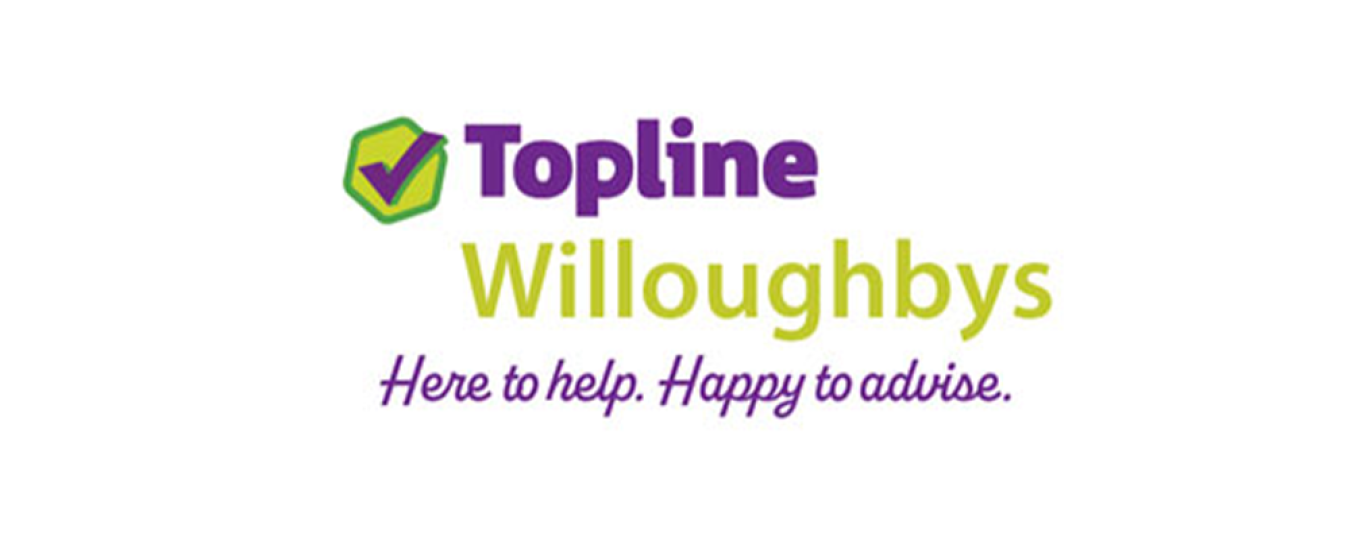Creating a Fun Outdoor Play Area for Kids

An outdoor play area will help your children get the fresh air and exercise that is so beneficial to their health and happiness. We have these proven tips to share with you to help you create a fun and safe outdoor play area for your kids.
Quick Ideas for Your Outdoor Play Area
Here are some ideas for what to add to your outdoor play area to inspire your children to play; improving their physical health, imagination and social skills:
- A blackboard and chalk - paint a piece of MDF with some blackboard paint, mount it to a fence, and cheaply buy some chalks for hours of fun outside. If you have a safe patio area you’re happy for your kids to temporarily decorate, they can also draw on the paving slabs with the chalk.
- Enjoy the beach at home - there are a range of sand and water pits available at Topline that open up your garden to countless games and activities.
- Mini kid’s garden - a large pot makes the perfect place for your child to plant and maintain their own mini garden. Help them plant something in the pot and decorate it with pebbles and shells, and teach them how to look after it.
- A playhouse - the ultimate outdoor toy for playing pretend; invigorating your child’s imagination and helping to develop their social skills.
- A trampoline - according to NASA, jumping on a trampoline burns 15% more calories than running, therefore helping to battle childhood obesity in a fun and exciting way. There are numerous other health benefits such as helping the lymphatic system, improving motor skills and strengthening muscles, joints and ligaments.
- Playground equipment - swings, slides, seesaws, roundabouts, and climbing frames provide endless hours of enjoyment.
Preventing Accidents & Injury During Outdoor Play
A little forward thinking when designing your kids’ outdoor play area will help prevent accidents and injury. Critical safety considerations include the ground surface, spacing and layout, and equipment and maintenance.
The Ground Surface
If you already have or are planning to install any playground equipment such as swings, slides and climbing frames, you should make sure the ground surface beneath them is soft and thick enough to cushion a fall and minimise injury. Concrete, tarmac, soil and even grass, should all be avoided. Loosely packed mulch, wood chips, sand, rubber and purpose-made mats are safer choices. The cushioned surface should extend at least 6ft out from the play equipment.
Garden Spacing & Layout
If possible, locate your outdoor play area away from trees, walls, overhead power lines and hard ground surfaces.
Look out for and address any potential jumping temptations your children might spot, e.g. a raised decking area with a hard surface below, or a wall near a trampoline. Remember, children’s spatial awareness isn’t fully developed and they are prone to miscalculating distances and accidentally taking dangerous risks while playing. Any raised structures of 30 inches or more in height, should be placed at least 9ft apart.
Here are some safety rules for the placement of specific pieces of play equipment:
- It is crucial that there are no overhanging branches or other obstructions anywhere in the vicinity above a trampoline.
- Swings should have a ground clearance of at least 200mm.
There should be no access to roads or farms from your outdoor play area.
Outdoor Kids' Toys
Always choose high quality play equipment with the necessary safety features, and make sure you assemble it correctly and according to the manufacturer’s instructions. You will need to regularly check equipment for signs of wear or faults and to keep it in perfect condition to prevent accidents. There should be no broken pieces sticking out or signs of corrosion, cracks and weaknesses in the structure. Equipment should be securely anchored to the ground to prevent it toppling over and all the safety features should be functioning and intact, e.g. a net enclosure for a trampoline or a safety seat for young children on swings.
It is important to supervise children while they play, and to ensure the equipment they are using is suitable for their age. Children of an appropriate age should also be taught the dangers that exist so they can help in your efforts to ensure their safety.


Leave a Comment